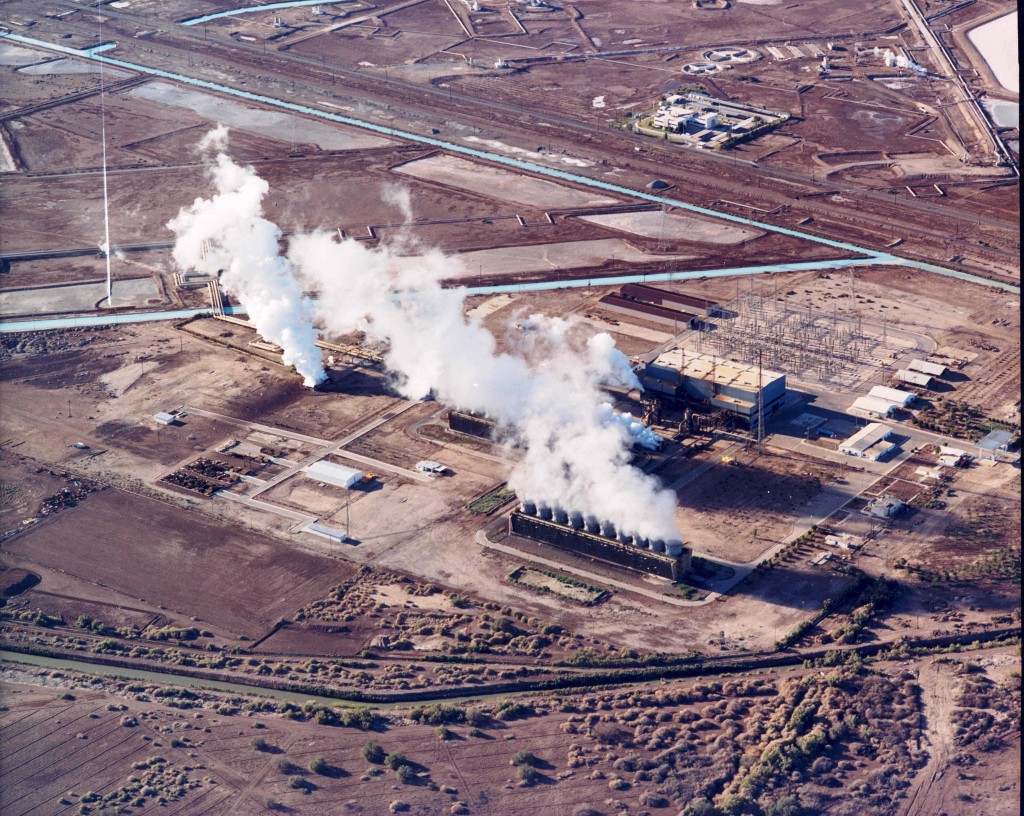Mexican research on using geothermal for water desalination
A new modular prototype developed by UNAM students in Mexico uses geothermal energy to desalinate seawater and hopes it can provide drinking water to costal areas at a cheaper price that traditional reverse osmosis.
Local news state that students of the Institute of Engineering Desalination and Alternative Energies of UNAM in Mexico are trying out a laboratory prototype for the first geothermal modular desalination solution to be developed in Mexico and hoping to help communities with water shortages.
The new prototype prevents the emission of polluting gases into the atmosphere, is available 24 hours a day and can be installed in communities close to the coast without electricity or suffering from drinking water shortages such as Baja California.
The technical coordinator of the group of the Instituto de Ingeniería, Héctor Miguel Aviña Jiménez, said in a statement in northern Mexico where rain is scarce, desalination of seawater is one of the options to solve the issue of water demand in coastal areas. He said that this option is used in tourist areas such as Los Cabos, by large hotels, using small units via a process called “reverse osmosis”, which consists of a system of membrane filtration requires significant amounts of electricity.
He indicated that the team of university students first analyzed what processes are more commonly used in the world, some consisting on the use of thermal vapor to condense seawater.
He explained that the process chosen is the use of distillation of seawater thanks to geothermal energy, a resource that Mexico has some great potential.
The geothermal modular desalination developed employs processes through heat exchangers where sea water evaporates and condenses to become potable resource for communities. The hot liquid exiting geothermal wells or ponds enters heat exchangers, which are located within several chamber at a lower pressure. He said the process is continued until all the steam is collected and condensed and achieved as a final product water without salt. “The marine liquid is generally 35 000 parts per million particles chloride, sodium, potassium and other salts; which obtain in the desalination containing five to 10 parts per million” he said.
In terms of cost, Aviña Jimenez said that a cubic meter of desalinated water by reverse osmosis costs about a dollar.”We hope that with this type of technology that uses geothermal, the price can drop to 80 cents” he added. He stressed that this project is viable thanks tot the baseload capability of geothermal energy.
Source: Plaza de Armas


















